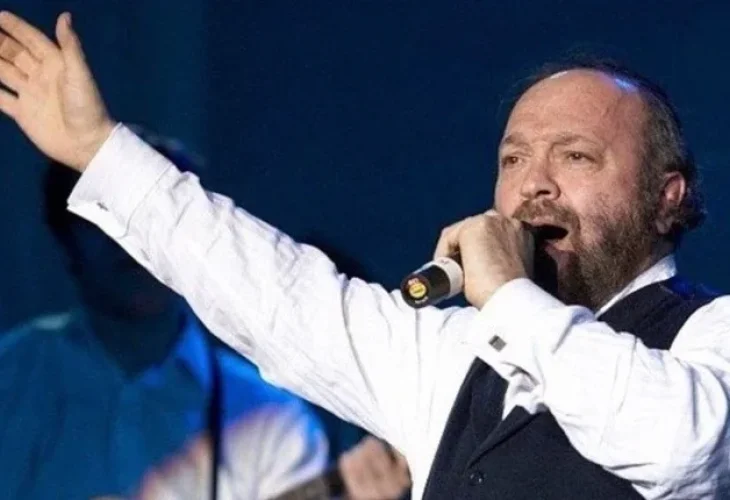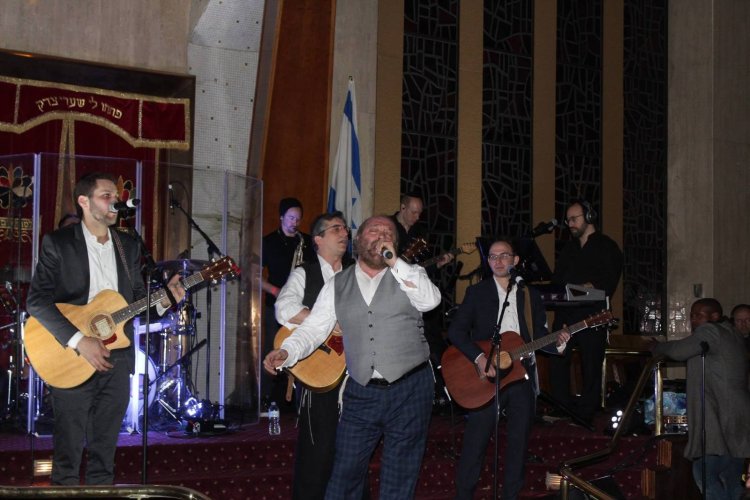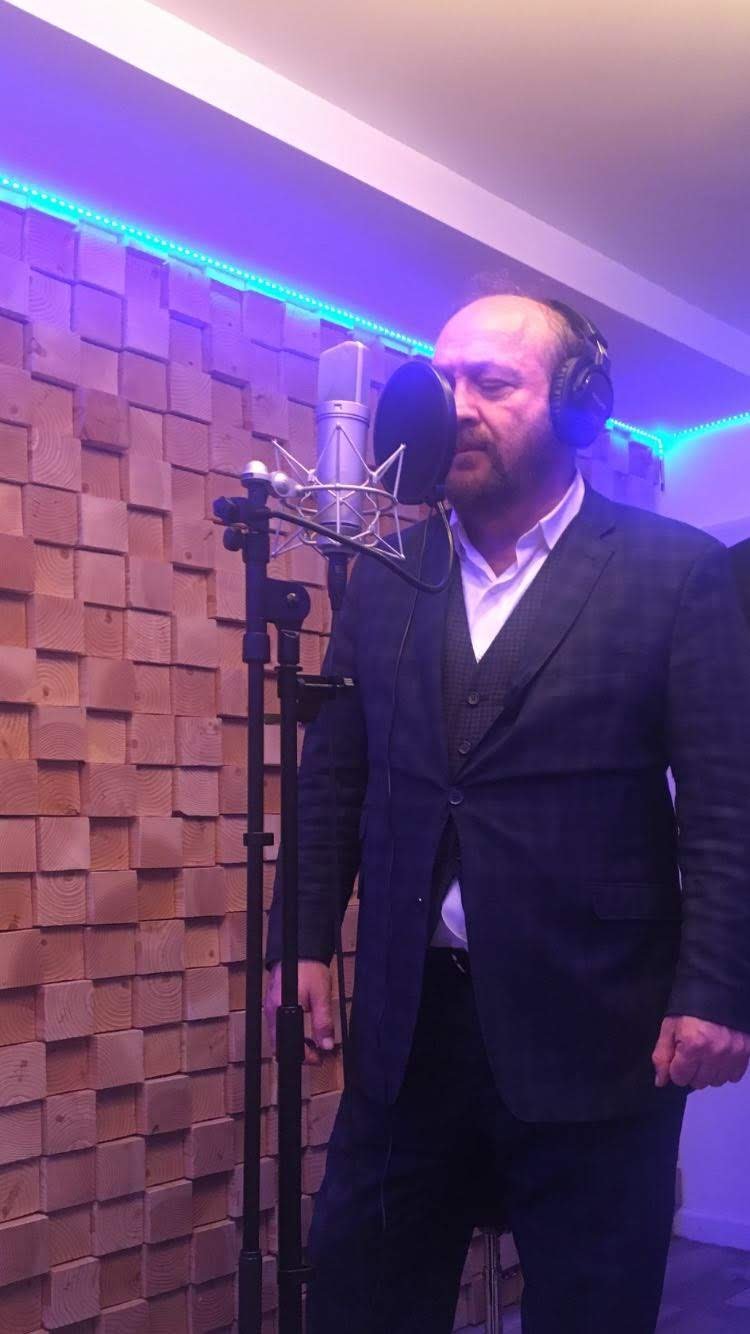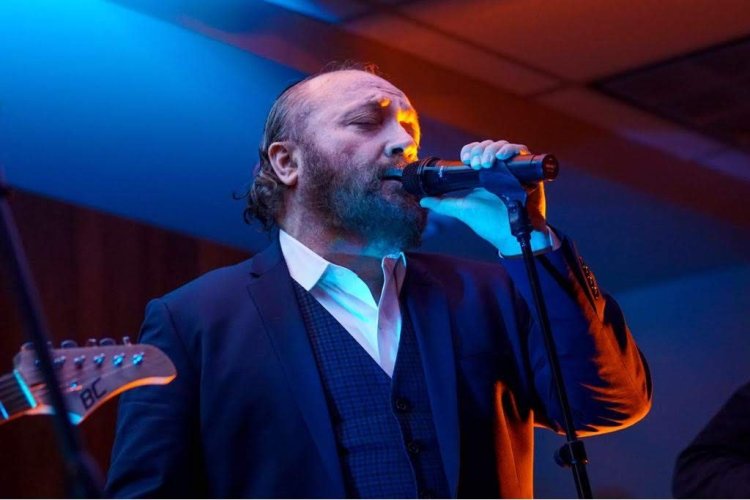Yehuda Green: The Midnight Revelation That Launched My Music Career
Yehuda Green, known as one of the beloved followers of Rabbi Shlomo Carlebach, shares his journey as a musician and the challenges he faced in creating his albums.
 Yehuda Green
Yehuda Green"I was born to a Breslov Hasidic family in Mea Shearim," starts our conversation with Yehuda Green, a Manhattan resident and musician. "We were neighbors with Rabbi Elyashiv, and many of my tunes reached his window. He heard me sing often. From age five, I connected deeply to Jewish music, especially Chabad and Modzitz tunes. One day, my older brother brought home a Rabbi Shlomo Carlebach record. The moment I heard him sing, he captivated my heart and never left."
"Back then, my parents sent me to the Chabad cheder. Naturally, only Chabad songs were sung, but I gathered courage to sing Rabbi Shlomo's songs as well. Seeing how much the kids loved them gave me strength to continue. I studied at Chabad through childhood, then moved to Breslev Yeshiva in Bnei Brak and later to Pressburg Yeshiva in Jerusalem. At 19, I went to Australia, living and working in a unique desert area. During long breaks, I was connected only to Rabbi Shlomo's music."

When did you first perform on stage?
"One day, at an Israeli Independence Day party organized by Israelis in Brisbane, Australia, I felt something was missing to energize the crowd. Among the respectable attendees, including Israel's ambassador to Australia, I found the courage to go on stage and sing 'Am Yisrael Chai' by Rabbi Shlomo. It was my first performance for a large audience, stirring deep emotions and elevating spirits."
"I played here and there at the time, but the real musical shift happened after meeting Rabbi Shlomo in London during a visit. Though I met him when I was eight, at that young age I couldn’t have a mature conversation with him. Sitting with him at a musical gathering, I joined his harmonies, and by evening's end, he asked for my name, wanting to know me better. When I told him, he invited me to sing at his next performance. I jumped at the opportunity, joining him on stage for 'Lema'an Achai v'Re'ai'. Coincidentally, I knew the English version of the song due to repeated listening, and Baruch Hashem, our connection flourished."
Midnight Inspiration
"After a while in Australia, I moved to the US," Green shares. "I wanted to take my music further. I felt a strong bond to Rabbi Shlomo's music. In the early '90s, I told him my desire to produce an album including covers of two of his songs. Recording a few, I presented them to him, but he surprised me by saying that the arrangements lacked Jewish emotion and taste, and without permission, I couldn’t record them. He asked me to try other arrangements and discuss it again."
"Eager to accomplish my task, I revisited my arranger, but he informed me his studio burned down, and all of our work was lost. I was in shock, uncertain of how to react. Grateful for his effort, I stepped back from my album plans. Restarting from scratch was mentally tough and financially impossible."

You sound like it was a significant setback.
"Indeed, it was challenging. I longed to release that album, featuring my songs and covers of Rabbi Shlomo's. Yet, I consoled myself, realizing divine obstacles often accompany good endeavors. That was in 1991, and I didn't record for over a decade since then. During those years, I performed frequently and served as the cantor at Rabbi Shlomo's synagogue in Manhattan, but recorded nothing."
"In 2003, a matchmaker suggested I meet someone, and I agreed. We arranged to meet in the Jewish Quarter in Jerusalem's Old City. We met at 9 PM; at quarter to midnight, I suggested praying Maariv at the Kotel. After finishing, a man approached me with a request to join a minyan for 'Nishmat Kol Chai'. Despite telling him I just prayed, he explained their custom was to say it at midnight, offering great virtues."
"I joined them, and exactly at midnight, as we began, a melody came to me for these holy words. Worried I'd forget, I kept singing to memorize the tune immediately, realizing its greatness. After the prayer, I rushed home, forgoing conversation with my date to record it. That amazing night sparked my decision to return to recording and produce my first album."
You must've gathered significant strength to restart this project.
"Yes, it was difficult, yet I quickly got to work. Initially, I sought songs from known composers, but then focused on my own and Rabbi Shlomo's. Seeking producers was costly, so I self-produced. I gathered a band from Tel Aviv, and we met in the studio. Initially puzzled by my lack of written music, they wanted to leave, but as professionals, they stayed after I asked. Over two years, I poured everything into that album, only releasing it when completely satisfied."
"Since then, I've released four more albums. Recently, I published my sixth, particularly challenging to produce. In business, they say making the first million is hardest; the second, easier, and then it smooths out. In music, it's the opposite. Making the first album is tough, the second even more so, and it continually grows harder. The new album includes some of Rabbi Shlomo's songs undoubtedly, necessary for each album, and generally, it's well-suited for yeshiva students, an audience I cherish and appreciate."

Turn Our Hearts Back
Among Green's renowned songs and sought-after performances, the most iconic is the annual Selichot service in Manhattan, attracting over a thousand attendees, many watching live, with even more viewing the recording. "This prayer marked a major turning point in my life," he shares. "For several years, I served as the cantor at Rabbi Shlomo's New York synagogue, privileged to continue the wonderful tradition of praying Selichot with his melodies and some of mine, accompanied by instruments. Our Sephardic brethren start Selichot in Elul, while Ashkenazim join days before Rosh Hashanah, creating a grand, emotional event. The High Holy Days' presence is palpable, intensifying the desire to draw closer to Hashem."
"Annually, increasing numbers came to Selichot despite the late it started, around midnight. Our synagogue held 200, yet over 500 attended. Many were outside, standing in the street, creating discomfort. It wasn't easy, but we moved services to a venue holding over a thousand. Initially, we anticipated empty seats, but many couldn't get in. Attendance grew. A heartwarming aspect of this prayer is witnessing diverse individuals joining in joy and excitement, which deeply touches the soul."
"I encountered numerous inspiring stories resulting from this prayer. For instance, after performing with Avraham Fried during Sukkot in Brooklyn, a Satmar couple from Williamsburg approached, expressing gratitude. Confused, I asked why. They recounted their son's detachment from Judaism, having severed ties completely. One night, a friend called at 1 AM saying, 'I've just seen your son; you won't believe where—at the Selichot in Manhattan.'"
"Emotional, the couple cried, saying, 'We don’t know how it impacted him, but its positive effect is evident, surely stirring him towards repentance. We will never forget it.' Such moments strengthen me, sparking my longing to return to Israel. For many years, I haven't visited, yearning for this dream's fulfillment. Especially, I wish to sing at the Kotel, expressing deep gratitude to Hashem, as in many ways, that's where it all began."

